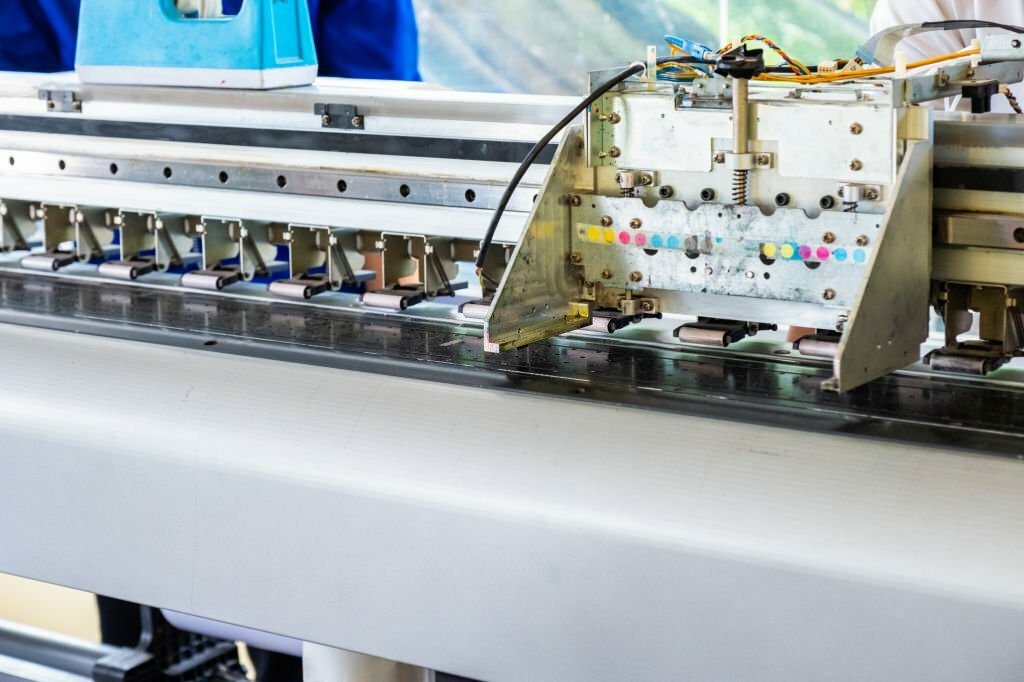
Tips for Digitizing Complex Design
If a complex design is digitized professionally, the complex or intricate patterns of embroidery produce a remarkable outcome. But to digitize a complex design, you need to do hard work and have the skills to complete your job. Many small business owners always seek a professional online embroidery digitizing service to digitize their logs online. The scope of embroidery digitizing is wide, but all you need is to follow all the tips to get the desired result of any complicated design or logo.
Embroidery digitizing is an art, but if the design is complex, then you need to hire a trusted online embroidery digitizing service. Because seasonal digitizers do not have the expertise needed to digitize a complex pattern, remember a professional digitizer understands fabric types, threads, and stitch techniques. And these are the main things to get the desired result.
Now, we have discussed the basic tips of digitizing to understand the importance of digitizing for a complex design.
High-Quality Artwork
The foundation of a successful digitization process begins with the quality of the original artwork. Complexity demands clarity hence, commencing with high-resolution and immaculate artwork is vital. For intricate designs featuring minute details, use vector graphics or high-resolution images to capture and preserve all the intricacies.
Simplify Complex Designs
Complexity should not equate to confusion. Simplifying intricate designs during digitization is an effective strategy. Start by identifying key elements within the design that must be retained to convey the design’s essence. Focus on preserving these elements while reducing unnecessary intricacies, which can cause complications during embroidery.
Higher Stitch Density
Intricacy in a design often calls for a higher stitch density to maintain its details and provide an impeccable finish. Elevated stitch density ensures the embroidery design remains faithful to the original artwork. However, doing just what is necessary is vital, as excessive stitch density can result in stiffness and puckering, particularly on certain fabrics.
Underlay Choice
The choice of underlay sets the stage for your embroidery design. When dealing with intricate designs, selecting the appropriate underlay type is imperative. For complex patterns, consider utilizing a zigzag underlay or a fill stitch underlay to stabilize the fabric and ensure that the design maintains its shape and definition.
Choosing Needles
Selecting the right needles for your embroidery project is a decision not to be taken lightly. For intricate designs, finer needles are often preferred. They allow for more precise stitching and create cleaner lines, especially in detailed areas. Match the needle size to the thread and fabric to avoid snags and irregularities.
Thread Path Considerations
The needle path is important to consider while digitizing a complex design. You will get the desired result if the needle follows all the fine details of the complex design. A complex design needle patch needs to follow sudden color changes and direction adjustments to get attention to the detail of an embroidered design.
Dealing With Different Fabrics
Fabric plays an important role in getting the desired result. You should know how to deal with different fabrics while digitizing complex designs. So you need to carry your design according to the type of fabric. Below, I discussed the types of fabric.
- Cotton is the general choice for embroidery because of its versatility and easy to digitize. You should use a medium-weight stabilizer to digitize the complex design embroidery without any distortion.
- Silk is a delicate fabric that needs more attention. You should use less stitch density and a light stabilizer to prevent fabric puckering.
- Denim is challenging and durable. So always use thicker thread with a heavy-duty stabilizer to maintain the integrity of the design.
- Stretch fabric like lycra or spandex needs digitizing adjustment. So, you need to use a stretch stabilizer and incorporate more underlay to avoid distorting.
Test the Design
Before embarking on full-scale production, testing your design on a sample piece of the fabric you plan to use is prudent. This step is especially critical for intricate designs, allowing you to identify potential issues or improvement areas. Testing also permits adjustments for different fabric types to ensure that the final product meets the highest quality standards.
Conclusion
The digitization of complex and intricate embroidery designs is an art that demands precision and an intimate understanding of the medium. Partnering with professional embroidery digitizing services is a wise decision to ensure your designs are brought to life with finesse. Commence with high-quality artwork, carefully adjust stitch density, choose appropriate underlay, consider thread path intricacies, and adapt your digitization process to suit your specific fabric. By following these tips and conducting thorough testing, you can create awe-inspiring, intricate embroidered pieces that leave a lasting impression.



